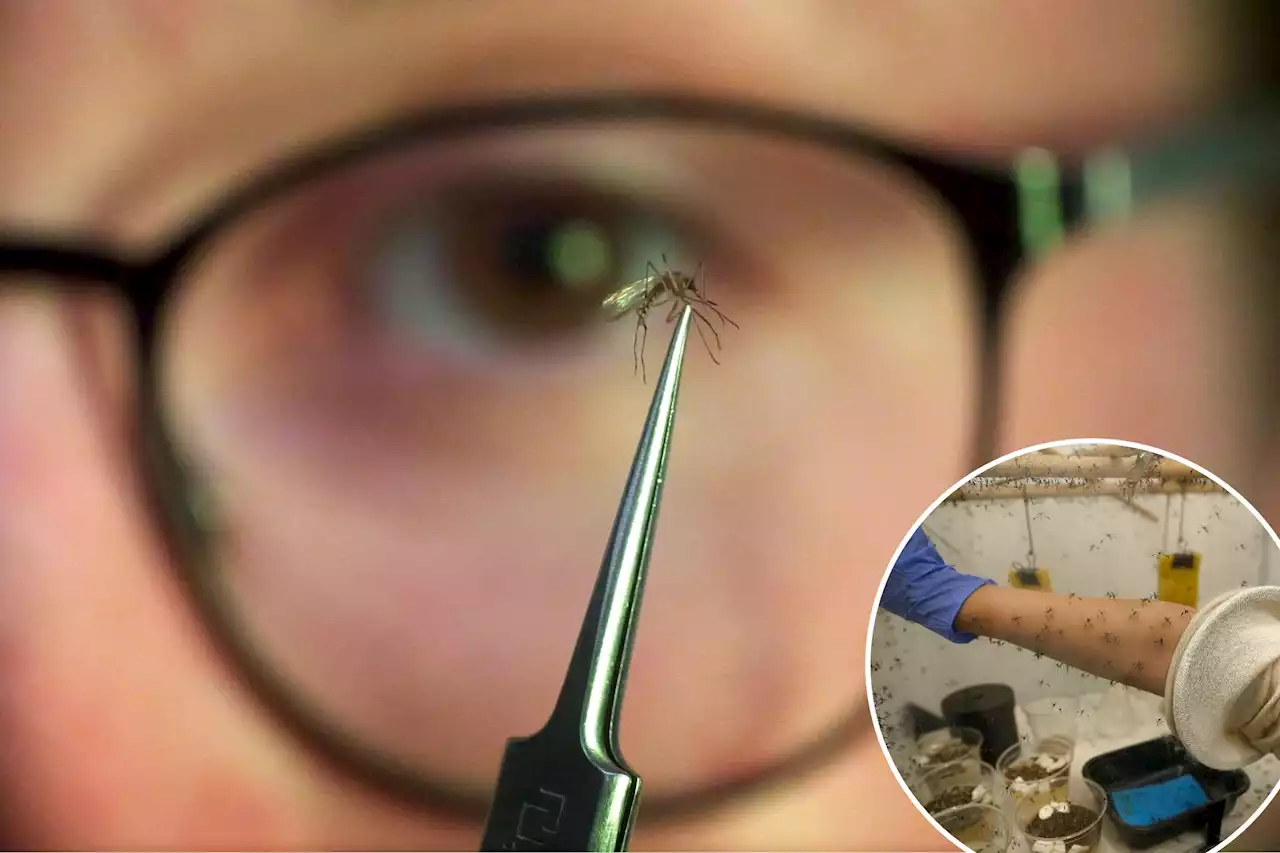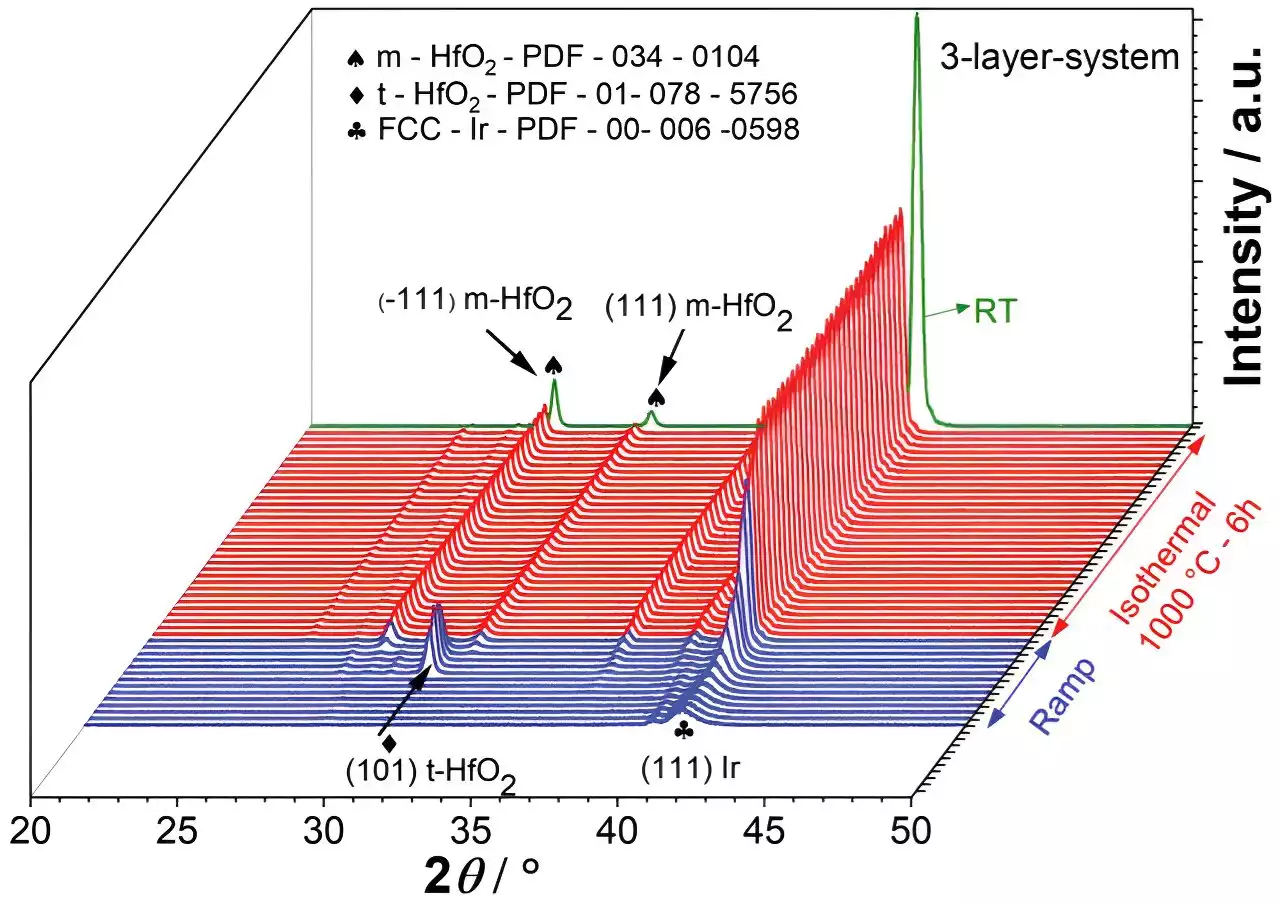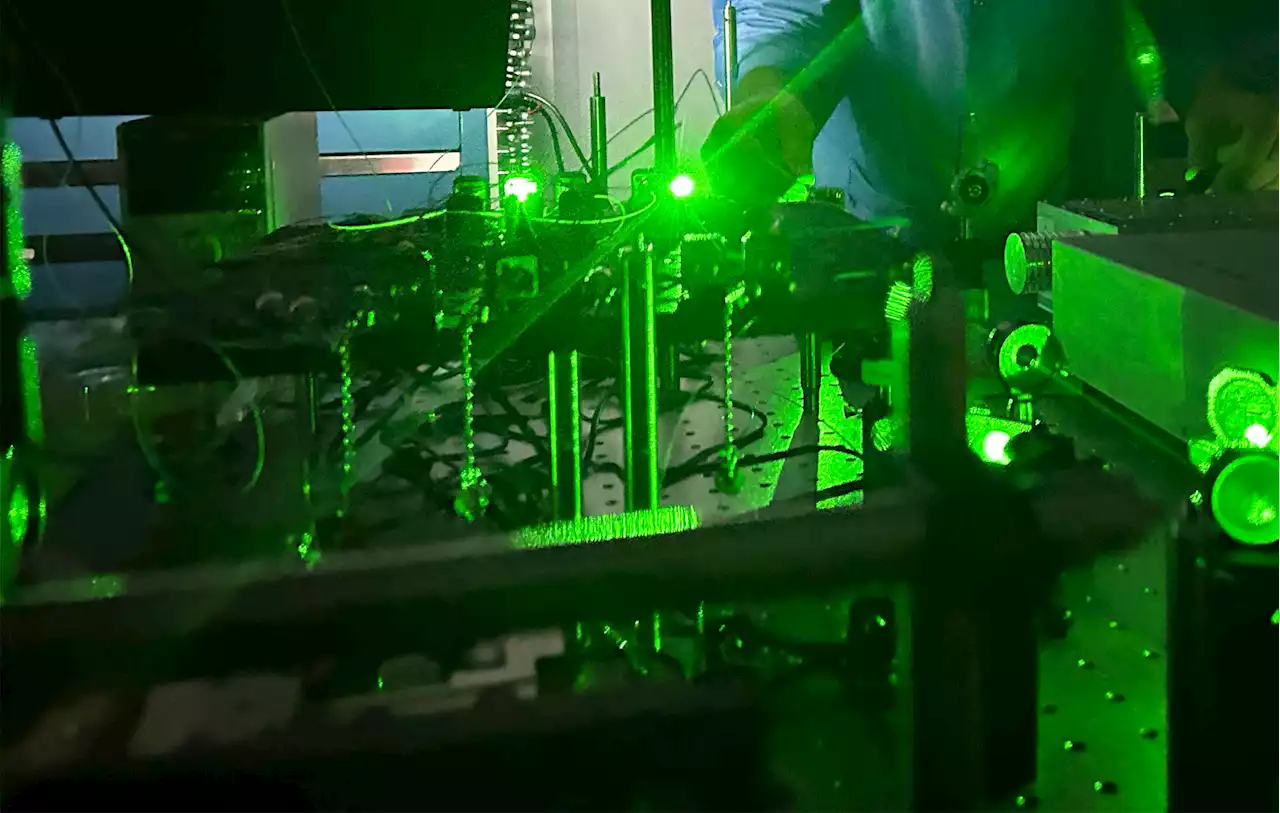Researchers have discovered human bones and animal remains dating to around 7,000 years ago in Arabian stone structures known as mustatils.
Archaeologists excavating an ancient stone monument in Saudi Arabia have unearthed thousands of animal bones, as well as human remains belonging to at least nine individuals.
The recently excavated mustatil measures 131 by 39 feet ; the stone walls are up to 6.6 feet thick, but the original height of the walls, which have since eroded, is unclear. Olivia Munoz, an archeo-anthropologist at the French National Center for Scientific Research who wasn't involved with the study, praised the research and hopes that more details about the human remains will be published."It would be interesting to know the distribution by bone type to help understand whether individuals were deposited whole or whether parts of the already decomposed skeleton could be brought into [the mustatil]," Munoz told Live Science in an email.
Deutschland Neuesten Nachrichten, Deutschland Schlagzeilen
Similar News:Sie können auch ähnliche Nachrichten wie diese lesen, die wir aus anderen Nachrichtenquellen gesammelt haben.
 Mosquitoes feed on researchers’ blood as scientists research methods of controlAt the Salt Lake City Mosquito Abatement District, a colony of sabethes cyaneus get their nutrients from a vector technician’s arm.
Mosquitoes feed on researchers’ blood as scientists research methods of controlAt the Salt Lake City Mosquito Abatement District, a colony of sabethes cyaneus get their nutrients from a vector technician’s arm.
Weiterlesen »
 Utah data helps researchers highlight how urbanization impacts wildlifeNorth American cities, including the Salt Lake City area, are getting warmer, and researchers warn the heat is making it more difficult for native wildlife to adjust to the growing urbanization near their homes.
Utah data helps researchers highlight how urbanization impacts wildlifeNorth American cities, including the Salt Lake City area, are getting warmer, and researchers warn the heat is making it more difficult for native wildlife to adjust to the growing urbanization near their homes.
Weiterlesen »
 Researchers create optical device that can kill pathogens on surfaces while remaining safe for humansWhile it has long been known that ultraviolet (UV) light can help kill disease-causing pathogens, the COVID-19 pandemic has put a spotlight on how these technologies can rid environments of germs. However, the excimer lamps and LEDs that can directly emit light in the required deep-UV wavelengths generally have low efficiency or suffer from short lifetimes. Moreover, UV light of the wrong wavelength can actually be harmful to human cells.
Researchers create optical device that can kill pathogens on surfaces while remaining safe for humansWhile it has long been known that ultraviolet (UV) light can help kill disease-causing pathogens, the COVID-19 pandemic has put a spotlight on how these technologies can rid environments of germs. However, the excimer lamps and LEDs that can directly emit light in the required deep-UV wavelengths generally have low efficiency or suffer from short lifetimes. Moreover, UV light of the wrong wavelength can actually be harmful to human cells.
Weiterlesen »
 Researchers improve efficiency in carbon dioxide electroreductionResearchers from the Institute of Process Engineering (IPE) of the Chinese Academy of Sciences and Yanshan University have proposed a strategy for boosting the CO faradaic efficiency in electrocatalytic CO2 reduction reaction (eCO2RR), an attractive option to address serious climate concerns and produce value-added chemical feedstock via coupling with renewable energies. The strategy is promising in producing CO via eCO2RR at ambient conditions.
Researchers improve efficiency in carbon dioxide electroreductionResearchers from the Institute of Process Engineering (IPE) of the Chinese Academy of Sciences and Yanshan University have proposed a strategy for boosting the CO faradaic efficiency in electrocatalytic CO2 reduction reaction (eCO2RR), an attractive option to address serious climate concerns and produce value-added chemical feedstock via coupling with renewable energies. The strategy is promising in producing CO via eCO2RR at ambient conditions.
Weiterlesen »
 Researchers develop new selective emitter based on iridium for thermophotovoltaicsResearchers from the Helmholtz-Zentrum Hereon, together with the Technical University of Hamburg and Aalborg University, have developed a new selective emitter based on iridium for thermophotovoltaics. Iridium was thus used for the first time as a material for an emitter, and in the experiments, it showed particular endurance at high temperatures around 1,000°C. Their study results were published in the journal Advanced Materials and open up new perspectives for producing electricity from heat.
Researchers develop new selective emitter based on iridium for thermophotovoltaicsResearchers from the Helmholtz-Zentrum Hereon, together with the Technical University of Hamburg and Aalborg University, have developed a new selective emitter based on iridium for thermophotovoltaics. Iridium was thus used for the first time as a material for an emitter, and in the experiments, it showed particular endurance at high temperatures around 1,000°C. Their study results were published in the journal Advanced Materials and open up new perspectives for producing electricity from heat.
Weiterlesen »
 Researchers make a significant step towards reliably processing quantum informationUsing laser light, researchers have developed the most robust method currently known to control individual qubits made of the chemical element barium. The ability to reliably control a qubit is an important achievement for realizing future functional quantum computers.
Researchers make a significant step towards reliably processing quantum informationUsing laser light, researchers have developed the most robust method currently known to control individual qubits made of the chemical element barium. The ability to reliably control a qubit is an important achievement for realizing future functional quantum computers.
Weiterlesen »
